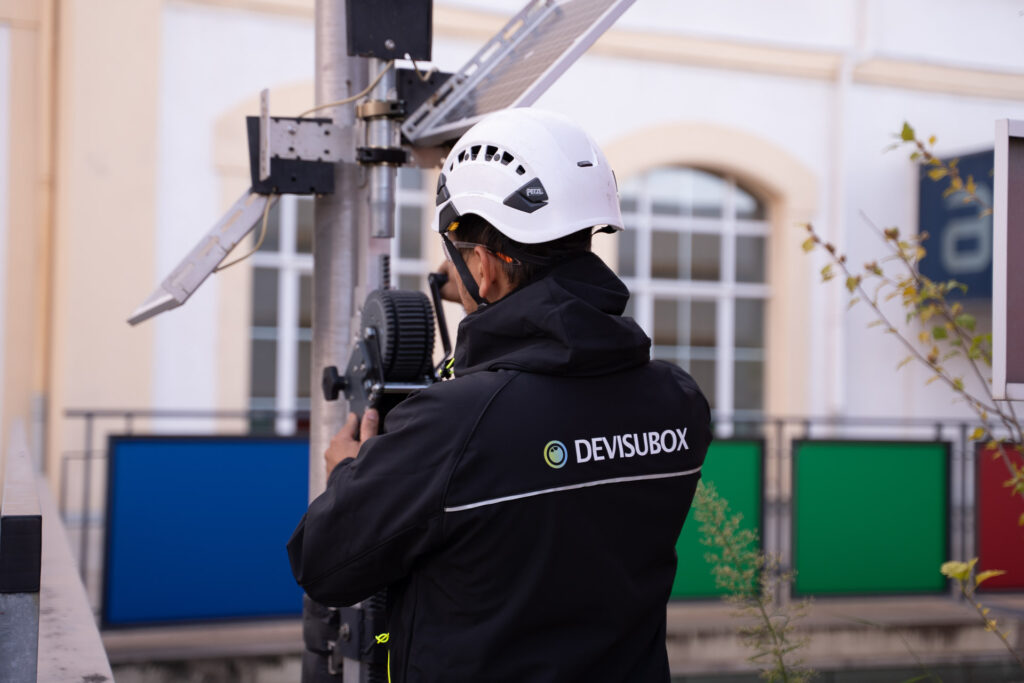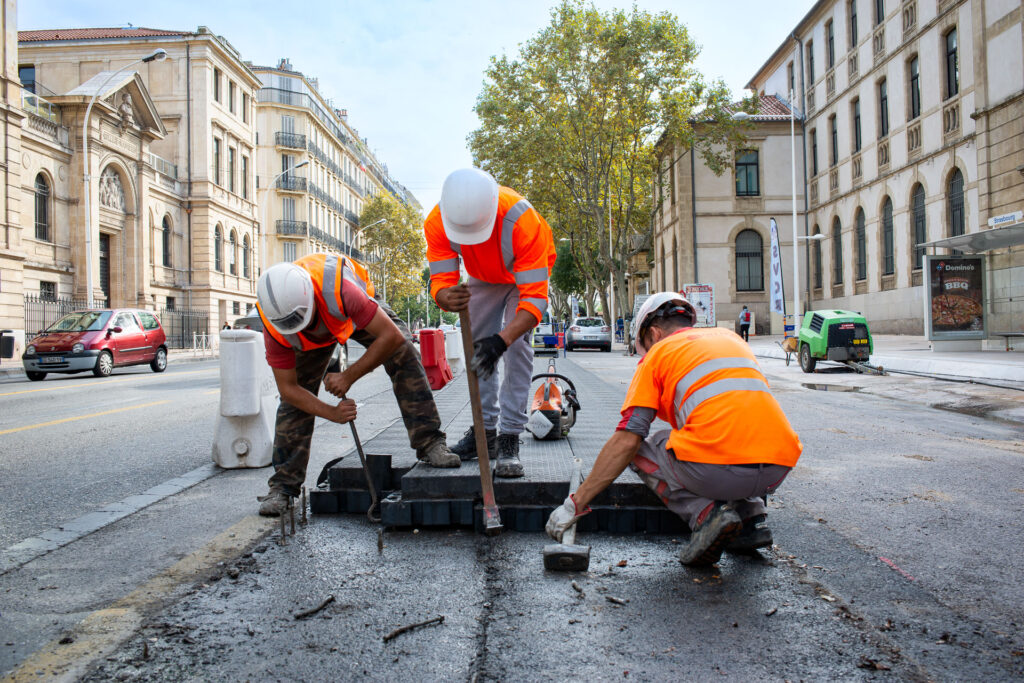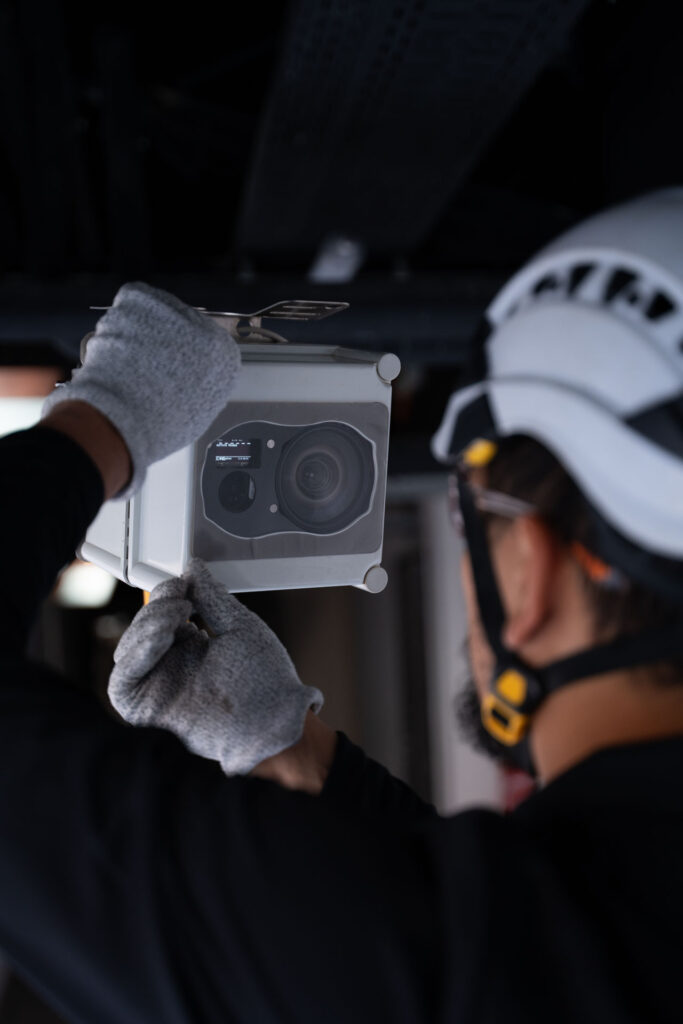This editorial was originally published in our February 2025 newsletter.
The studies leave no doubt: the global market for AI in construction is expected to triple in 3 years. All sectors are impacted, but not at the same speed. Planning and design are already highly digitalized fields, which is not the case for on-site operations like safety and monitoring.
This isn’t inevitable, and 2025 could well be the year the construction industry catches up. How? We’ll tell you more in this revamped newsletter.
According to Mordor Intelligence, the source of a study on AI’s impact on the construction market, three main sectors have already been significantly disrupted by Artificial Intelligence. In practical terms, what are we talking about?
Planning and Design
AI optimizes the design and planning phase of construction projects by reducing errors and improving efficiency.
Think of industry-specific software that is becoming smarter, offering to generate designs by analyzing millions of possible configurations. This is already being offered by Autodesk, the market leader.
AI-powered BIM also allows architects and engineers to save precious time by transforming a 2D plan into a 3D model. On this topic, see what the French company WiseBIM is doing.
Monitoring and Safety
Site monitoring is also a field in the midst of transformation. This is where computer vision algorithms display their full potential, using image recognition to analyze on-site activity or to prevent at-risk situations.
These latter subjects, safety and productivity, are what we are developing at Devisubox with our autonomous photo cameras and our detection algorithm. Our goals: accident prevention through the detection of at-risk situations and productivity improvement through the analysis of project stages.
A word of caution: there can be no AI without digitalization, and to digitalize a site, you need to produce images. Surveillance cameras are a costly investment as they require the installation of a telecom network and a stable electrical connection. This is why we recommend using photo cameras powered by batteries and solar panels.
Equipment and Maintenance
AI, coupled with onboard sensors in machinery, makes it possible to anticipate breakdowns, optimize the use of equipment, and, most importantly, allow typically very closed-off manufacturer protocols to communicate with each other. This is what the French company Hiboo offers.
Next-generation equipment is also entering the market, from painting robots like the one from Les Companions to the semi-autonomous machines already being tested by Caterpillar.
AI is creating lasting disruption in all markets, provided they are digitalized. ChatGPT would be powerless if it weren’t connected to its knowledge base (i.e., the internet). This is the natural evolution for digital fields, but it becomes more complicated for analog environments, like a construction site.
If the construction industry intends to catch up and get on board with AI, it will have to go through this transformation and systematically equip sites with an image-capture system.
We are, of course, available to discuss this further.
💡 At Devisubox, we started training our AI in 2018! To comply with European data protection regulations, we implemented a solution to blur the faces of people working on a site. Doing this by hand was out of the question (we receive tens of thousands of photos per day). So, we trained an algorithm to recognize silhouettes and faces. Seven years later, this algorithm is now capable of detecting at-risk situations on a construction site.
Ivan Lorne, CEO Devisubox



